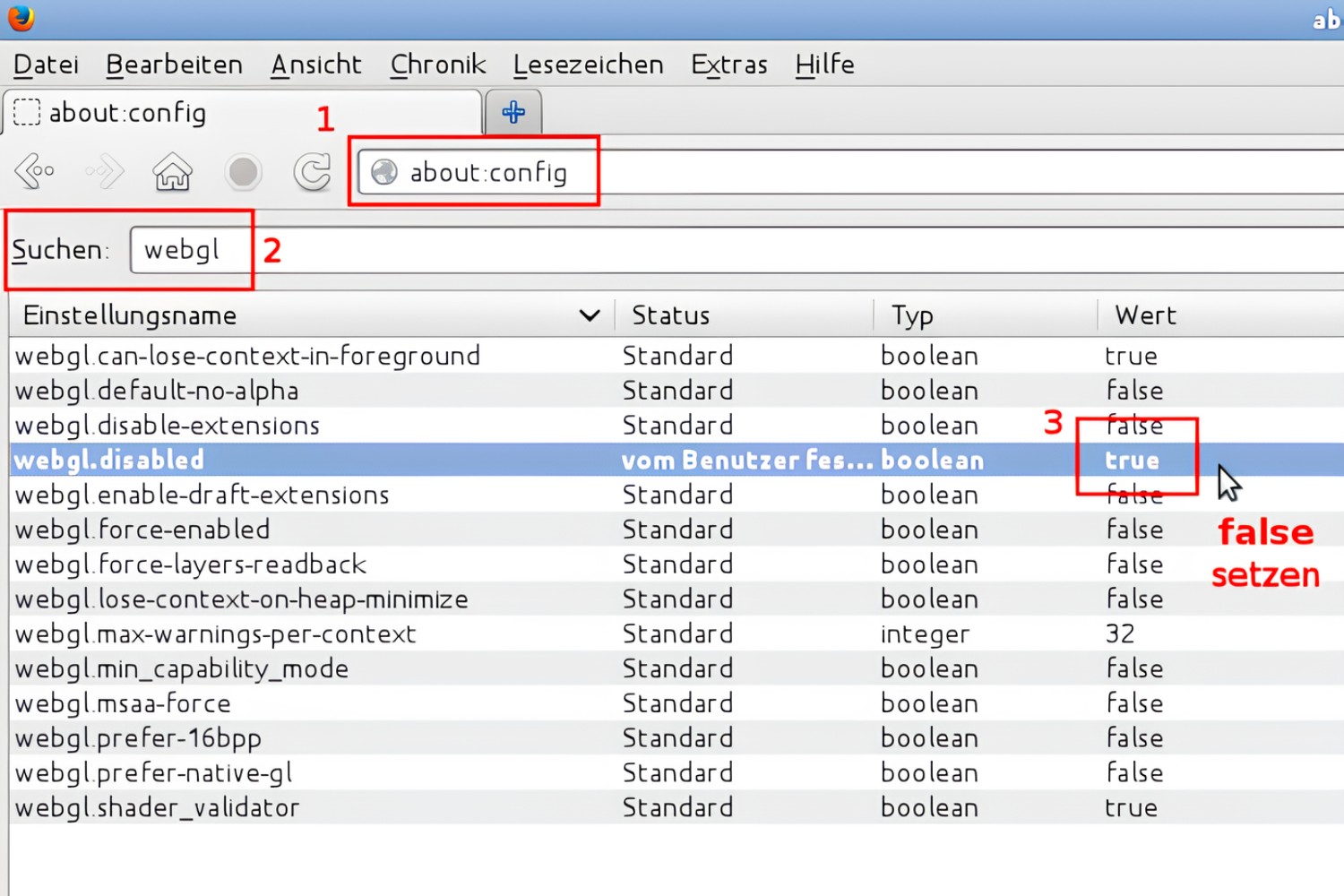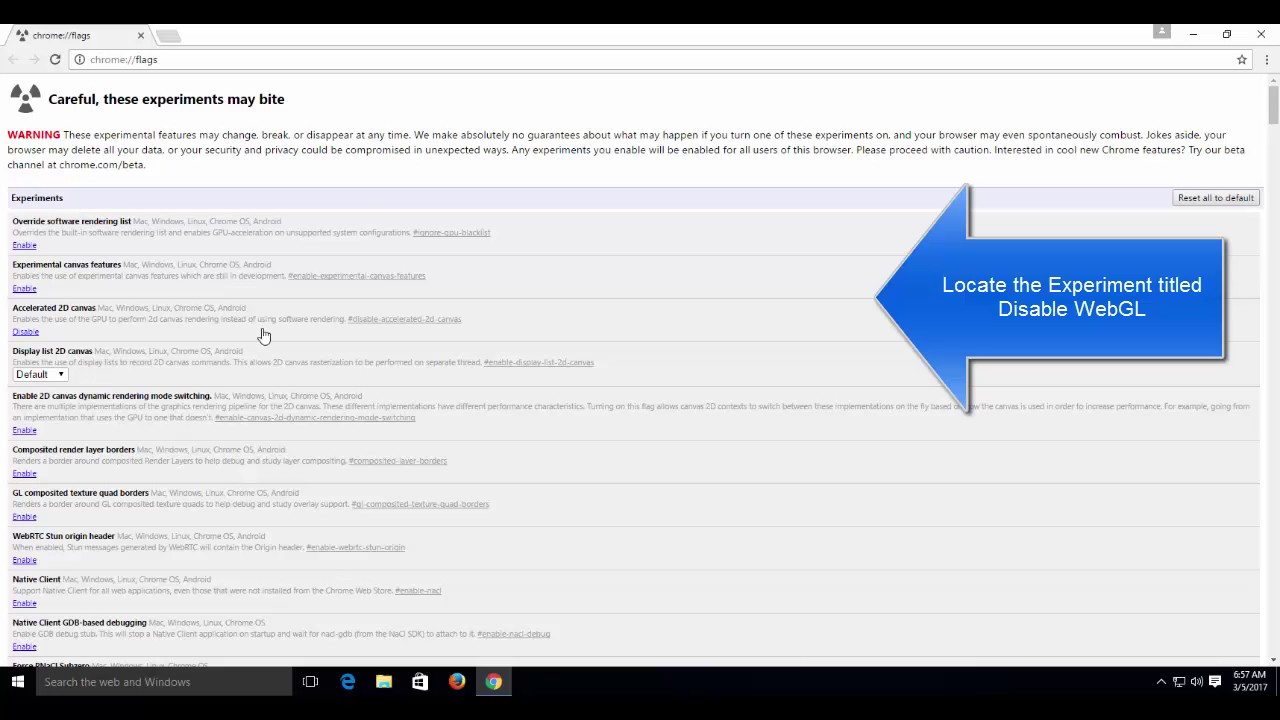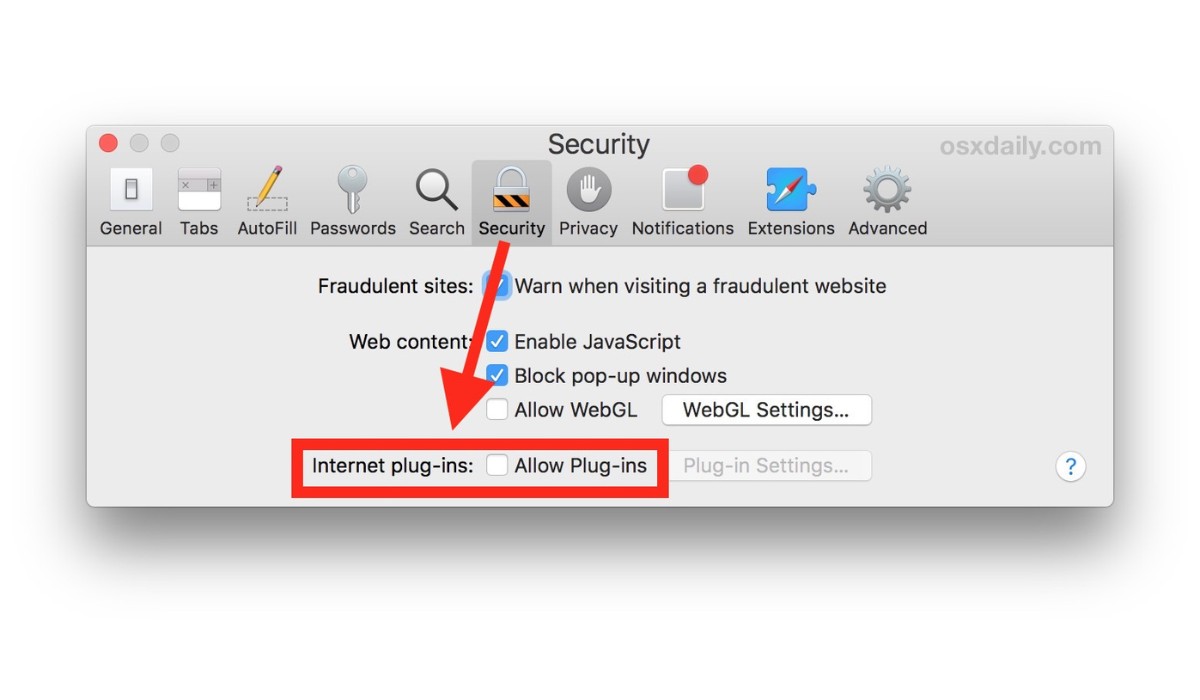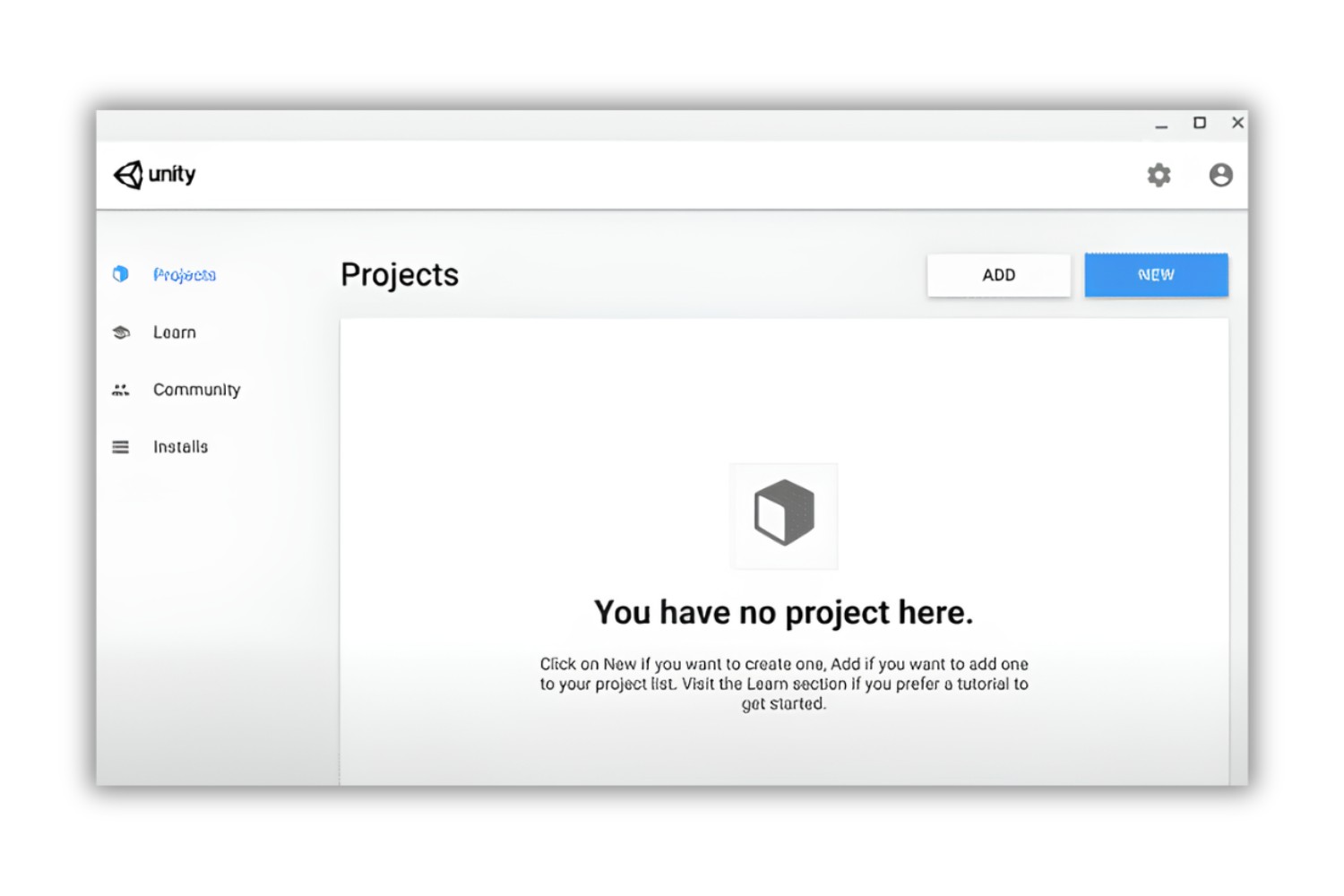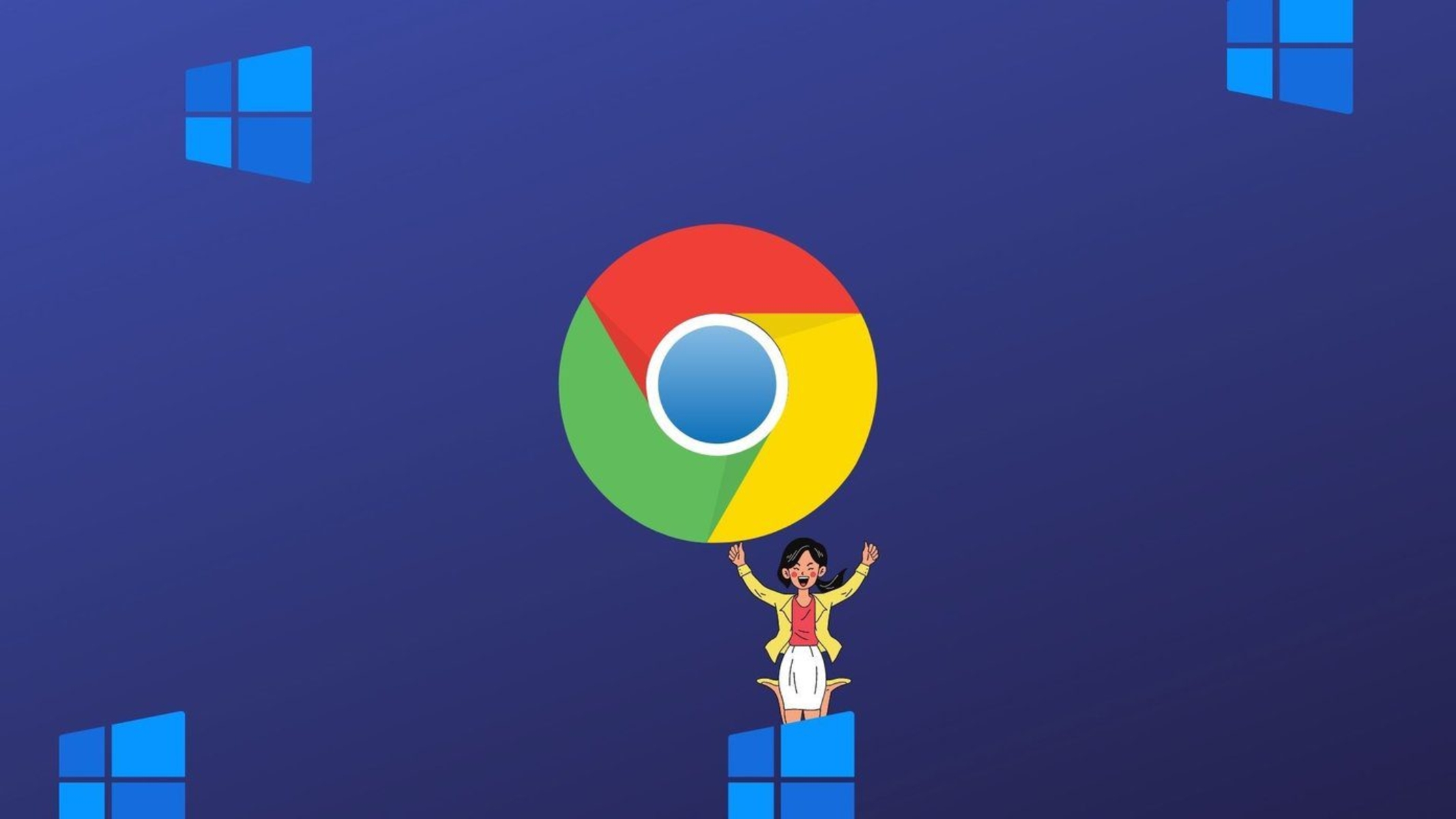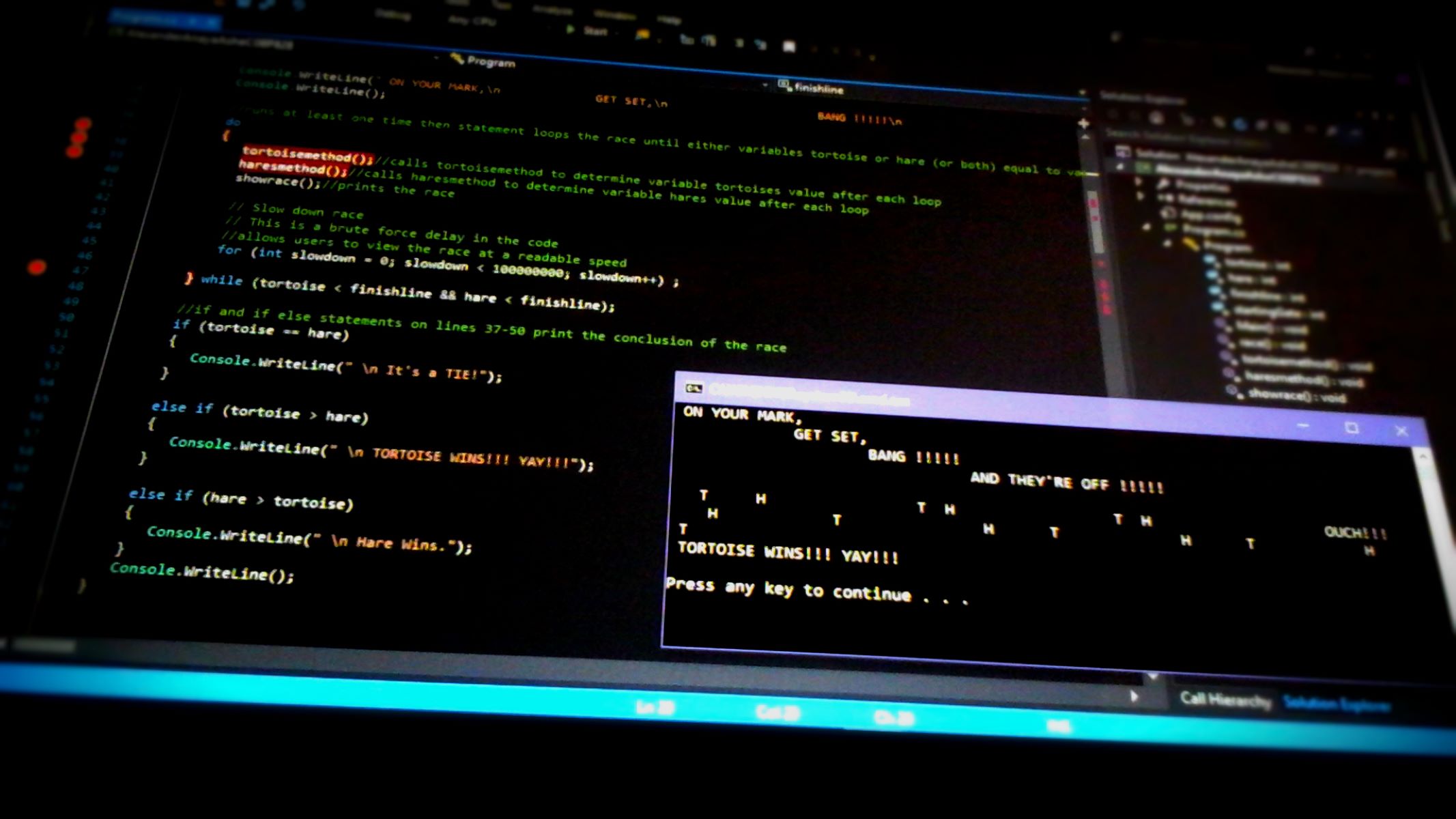Introduction
WebGL, short for Web Graphics Library, is a JavaScript API that enables rendering interactive 2D and 3D graphics within compatible web browsers without the need for additional plugins. This powerful technology has revolutionized web graphics, allowing for immersive visual experiences directly within web pages.
Firefox, known for its robust features and customization options, fully supports WebGL, providing users with the ability to enjoy rich, dynamic web content. However, to fully leverage WebGL's capabilities, it's essential to ensure that it is enabled within the Firefox browser.
In this article, we will delve into the process of enabling WebGL in Firefox, guiding you through the necessary steps to unlock the potential of this cutting-edge web graphics technology. Whether you're an avid gamer, a creative designer, or simply someone who appreciates visually engaging web content, enabling WebGL in Firefox will open the door to a world of captivating online experiences.
So, let's embark on this journey to unleash the full potential of WebGL within Firefox, empowering you to explore and interact with visually stunning web content like never before.
Checking WebGL Support in Firefox
Before delving into the process of enabling WebGL in Firefox, it's crucial to verify whether your browser supports this cutting-edge technology. Here's how you can check the WebGL support in Firefox:
-
Accessing the WebGL Support Page:
- Open your Firefox browser and navigate to the WebGL support page by entering "about:support" in the address bar and pressing Enter. This will take you to the Firefox troubleshooting information page, where you can explore various technical details about your browser.
-
Locating WebGL Renderer Information:
- On the troubleshooting information page, scroll down to the "Graphics" section. Here, you will find valuable information about your browser's graphics capabilities, including the status of WebGL support.
-
Verifying WebGL Availability:
- Look for the "WebGL Renderer" entry, which provides insights into the status of WebGL support in your Firefox browser. If WebGL is supported, you will see details about the graphics card and driver being used for WebGL rendering.
-
Confirming WebGL Availability:
- To confirm that WebGL is indeed supported, look for the "WebGL 1 Driver Renderer" and "WebGL 2 Driver Renderer" entries. These details indicate the availability of WebGL support and the specific rendering capabilities of your browser.
By following these steps, you can easily determine whether your Firefox browser supports WebGL, laying the groundwork for the subsequent process of enabling this powerful web graphics technology. Once you have confirmed WebGL support, you can proceed with the steps to enable it, unlocking a world of visually captivating web experiences within Firefox.
Enabling WebGL in Firefox
Enabling WebGL in Firefox is a straightforward process that empowers users to harness the full potential of this advanced web graphics technology. By following the steps outlined below, you can seamlessly activate WebGL within your Firefox browser, paving the way for immersive 2D and 3D web experiences.
-
Accessing Firefox Configuration Settings:
- In the address bar of your Firefox browser, type "about:config" and press Enter. This action will take you to the advanced configuration settings page, where you can modify various browser parameters.
-
Proceeding with Caution:
- Upon accessing the configuration settings, you may encounter a warning message emphasizing the need to proceed with caution. It is essential to acknowledge this message and proceed with the understanding that you are accessing advanced browser settings.
-
Accepting the Risk:
- Firefox may display a prompt highlighting the potential risks associated with modifying advanced settings. To proceed, click on the "Accept the Risk and Continue" button, demonstrating your willingness to make changes to the browser configuration.
-
Searching for WebGL Preferences:
- In the search bar within the configuration settings page, enter "webgl.disabled" to locate the WebGL preferences. This step allows you to identify the specific parameter that controls the status of WebGL within Firefox.
-
Enabling WebGL:
- Once you have located the "webgl.disabled" preference, double-click on it to toggle its value. Changing the value from "true" to "false" effectively enables WebGL within your Firefox browser.
-
Verifying the Change:
- After enabling WebGL, it is advisable to verify the modification by visiting a WebGL-enabled website or utilizing a WebGL demo. This verification step ensures that WebGL is functioning as intended, allowing you to experience the enhanced visual capabilities within Firefox.
By following these steps, you can successfully enable WebGL in your Firefox browser, unlocking a realm of visually captivating web content and interactive experiences. Whether you are exploring intricate 3D models, engaging with WebGL-powered games, or immersing yourself in visually stunning web applications, enabling WebGL in Firefox empowers you to fully embrace the potential of this cutting-edge web graphics technology.
Verifying WebGL is Enabled
After enabling WebGL in Firefox, it is essential to verify that the modification has been successfully implemented, ensuring that the browser is now equipped to render immersive 2D and 3D graphics with enhanced visual fidelity. The verification process involves confirming that WebGL is functioning as intended, allowing users to seamlessly interact with WebGL-powered content across the web.
To verify that WebGL is indeed enabled in Firefox, you can follow these straightforward steps:
-
Accessing WebGL Information:
Upon enabling WebGL in Firefox, you can verify its status by visiting a dedicated WebGL information page. To do so, simply enter "about:support" in the address bar and press Enter to navigate to the Firefox troubleshooting information page. -
Locating WebGL Details:
On the troubleshooting information page, scroll down to the "Graphics" section, where you will find comprehensive details about your browser's graphics capabilities, including the status of WebGL support. -
Confirming WebGL Availability:
Look for the "WebGL Renderer" entry, which provides insights into the status of WebGL support in your Firefox browser. If WebGL is successfully enabled, this section will display pertinent information about the graphics card and driver being utilized for WebGL rendering. -
Validating WebGL Rendering:
To further validate that WebGL is indeed enabled and functioning optimally, look for the "WebGL 1 Driver Renderer" and "WebGL 2 Driver Renderer" entries. These details confirm the availability of WebGL support and the specific rendering capabilities of your browser. -
Testing WebGL Content:
To conclusively verify that WebGL is enabled and operational, consider visiting a WebGL-enabled website or engaging with a WebGL demo. By interacting with WebGL-powered content, you can experience firsthand the seamless rendering of dynamic 2D and 3D graphics within your Firefox browser.
By following these steps, you can confidently verify that WebGL is enabled in Firefox, ensuring that you are well-equipped to explore and engage with visually captivating web content that leverages the full potential of WebGL technology. This verification process serves as a crucial checkpoint, affirming that your Firefox browser is primed to deliver immersive and visually stunning web experiences, enriching your online interactions with dynamic graphics and interactive content.
Troubleshooting WebGL Issues in Firefox
While enabling WebGL in Firefox unlocks a world of visually captivating web experiences, users may encounter occasional issues that hinder the seamless rendering of 2D and 3D graphics. These issues can range from compatibility conflicts to performance-related challenges, impacting the optimal utilization of WebGL technology within the browser. Fortunately, troubleshooting WebGL issues in Firefox can help address and resolve these impediments, ensuring that users can fully leverage the capabilities of this advanced web graphics technology.
Here are comprehensive steps to troubleshoot WebGL issues in Firefox:
-
Updating Graphics Drivers:
- Outdated or incompatible graphics drivers can impede the proper functioning of WebGL in Firefox. To address this, users should consider updating their graphics drivers to the latest versions compatible with their hardware. This can often be accomplished by visiting the official website of the graphics card manufacturer and downloading the appropriate driver updates.
-
Disabling Conflicting Extensions:
- Certain browser extensions or add-ons may conflict with WebGL functionality, leading to rendering issues. Users can troubleshoot this by temporarily disabling all extensions and then selectively re-enabling them to identify the specific add-on causing the conflict. Disabling or removing the conflicting extensions can help restore WebGL functionality.
-
Clearing Browser Cache and Cookies:
- Accumulated cache and cookies within the browser can impact WebGL performance. Clearing the browser cache and cookies can help eliminate potential conflicts and improve the overall performance of WebGL-enabled content.
-
Resetting Firefox Settings:
- In some cases, resetting Firefox settings to their default configurations can resolve WebGL issues. This can be achieved by accessing the browser's settings or preferences menu and initiating the reset process. Users should exercise caution as this action may reset other browser customizations as well.
-
Checking for Browser Updates:
- Ensuring that Firefox is updated to the latest version is crucial for optimal WebGL performance. Browser updates often include bug fixes and performance enhancements that can address underlying issues affecting WebGL functionality.
-
Utilizing Browser Safe Mode:
- Firefox offers a safe mode option that allows users to troubleshoot issues by temporarily disabling hardware acceleration and certain custom settings. Entering safe mode can help isolate and address WebGL-related issues within the browser environment.
By diligently following these troubleshooting steps, users can effectively address WebGL issues in Firefox, restoring the seamless rendering of 2D and 3D graphics and enabling the full potential of WebGL technology within the browser. These proactive measures empower users to overcome challenges and ensure a rich and immersive web graphics experience when interacting with WebGL-powered content in Firefox.







